I had a 2nd grade teacher who smelled like farts. We’ll call her Ms. Butler, because that was her name. In elementary school, we had rotations for different electives every week. There was music, P.E., computer lab, and art. As a shy kid, any activity that had to do with self-expression was therapeutic for me. But, for some reason, art gave me anxiety.
Maybe it was the blank page staring back at me - white, vast, and unblinking - and me not knowing what to fill it with before class ended. Maybe it was the fact that I felt I had to be good - everyone else was creating next to me at the same time - and I got frustrated when things came out looking bad. Or maybe it was the fact that stinky Ms. Butler, our art teacher, would just exude a look (and smell) that suggested art class with us was the last place she wanted to be on earth.
Note: I don’t know Ms. Butler’s story. Maybe she had lofty dreams of becoming an artist, going to design school, dabbling in fashion apparel - only to be left at an elementary school in suburban Texas, stuck with kids picking their noses and sticking it underneath the tables like gum. Occasionally, I’ll feel sorry for Ms. Butler. Or I’ll wonder if maybe life was so unkind to her, that she had to be grumpy and unkind in return.
The day my curiosity in art died
You know how when you’re a kid, you’re not afraid to use color for everything, and draw outside of the lines? That innate desire of mine disintegrated in one particular 2nd grade art class. My memory of that day is just like a huge Jackson Pollock of humiliation - a permanent ketchup stain, really.
Ms. Butler tasked our class with creating Picasso-inspired, paper collages. First of all, I don’t remember if she really explained to us who Picasso was, or what characteristics his art wore. In fact, my child brain probably thought Picasso’s art actually looked like him, which was colorful and weird. But, I’m sure she showed us an example of his work, and I must have taken notice of his freeform faces he painted. We can put eyes and lips where they don’t really belong?
Ms. Butler instructed us to mimic Picasso’s style by cutting out different facial features - eyes, noses, lips, ears, eyelashes, eyebrows - and compiling a paper collage out of them, like a mysterious puzzle. The end result would be reminiscent of Picasso’s more abstract portraits, where he explored more innovative uses of form and color.
All of my classmates and I sat at long wooden tables, cutting out pieces of brightly colored paper, and slowly starting to put faces together with our very hands. I remember I tried to immerse myself in the Picasso style by off-centering the eyes, placing the nose like an off-kilter axis on the face, and gluing round, geometric lips closer than normal to the chin. I was proud of it. We finished our projects and turned them in.
Fast forward to our next art class.
Ms. Butler was handing our Picasso-style collages back. She sat at the front of the classroom, on a black stool that was too small for her bottom, which spilled over like wilting petals. She wore a dusty, black blouse, which was too small and thin for her rotund, pancake belly; and matching black pants hung sleepily over her stubby legs, which were punctuated with worn-out, black loafers. Her hair was a nest of dry, crunchy branches, laying like brittle knots barely making it past her shoulders; and her nose protruded from her face, like it would if she was the Wicked Witch of the West. Lastly, a light, peach wart yawned at us from her chin.
She always breathed heavily - either from wearing all black and feeling too hot, or just from exhaustion. And her voice just oozed I’ve-been-working-at-the-DMV-for-40-years boredom. That’s what it sounded like when she called out names and passed back our projects.
She eventually arrived at what I realized was my paper. She looked at it sort of privately, her heavy, thick lids barely open enough for her pupils to scan the paper. She held it at a bit of a distance from her face and smiled wryly, shaking her head. She suddenly turned it around for the entire class to see and took a frail breath in, poising to speak. (She hadn’t done this with anybody else’s. Strange.)
A dry laugh escaped her.
“Don’t you just hate it when people get ‘it’ wrong?”
A couple students giggled for no particular reason. At first, I didn’t want to believe it was mine. But, I recognized my collage immediately. I felt heat rush to my cheeks, like soup boiling over.
“Yeah… that’s stupid!” A boy (whose first and last name I can still remember to this day) shouted, somehow saying “stupid” in bold font. My throat felt tight, and I sat a little lower in my seat. Ms. Butler flipped it back over so she could take one last look at it.
“Lindsay.”
The name spilled sharply off her tongue. She handed my collage back to me. Everything after that was a blur. I set it face down in front of me, not sure how to process what had just happened.
Wrong… Don’t you just hate it when it’s wrong?
My family and I had just moved into a new house and neighborhood. I was new to my school. This was one of those classic scenarios you see in the movies - after the teacher grabs the new student by the shoulders and stands her up in front of the class, we play a montage of uncomfortable scenes where the main character feels like she doesn’t belong, or drops her books in the hall and gets laughed at by bullies.
I don’t belong. I’m wrong! I don’t belong. I’m wrong!
I didn’t understand what I’d done wrong. Maybe it was “wrong.” But what was wrong about it? I’d tried my best. Wrong?
Looking back, it was just a 2nd grade art class project. I’m not sure how bad it could have been to warrant that type of call out. I mean, we were making collages with construction paper, for crying out loud. “My collage isn’t wrong, Ms. Butler, it’s just…abstract. 🤌🏻 ” I could have said.
To this day, I’m still not sure what was wrong about it. All I know is I felt a part of me die that day - which is a tad dramatic, but everything feels that way when you’re small. Big, strong feelings have nowhere to go when you’re a little kid; which is why sometimes they stick with you all the way until you’re an adult. (Speaking of which - I’ve stopped crying when I re-tell that story out loud to family and friends now, but for several years on end after that incident, I couldn’t think of that moment without tearing up. Something to unpack with my therapist eventually?)
It’s crazy how much the thought of being wrong can transform your life. It’s crazy how much it probably, subconsciously, influenced mine. Maybe in another world, a different art teacher would have taught me to think about what I created in a new light.
The art of being curious
With my dad being a graphic designer (and a skilled sketcher, thanks to architecture school classes) - I figured out I could ask him to draw whatever I wanted him to. It was like asking a genie for three wishes: I could wish him to draw anything, and it would magically appear; except there was technically no limit of 3 wishes (the wishes would just stop when he grew tired of drawing things I asked).
When I was younger, I liked to ask him to draw some of my favorite animals. For the longest time, my favorite animal was a horse. I was (still am) a big fan of Spirit, and I eventually had a set of horse figurines that I’d set up on the carpet, creating my dream ranch.
I’d draw right by his side, watching his hand execute seasoned strokes with a pencil, and then his head tilt as he paused, deciding how to articulate new shapes next. That tilt of the head is something I was always curious about. What’s he thinking? Maybe, he was checking to make sure it looked right?
Eventually, I began to enjoy writing little aimless, short stories with rough illustrations. It’s funny that some of the faces I continued to draw had that construction-paper-collage vibe:
There’s no year or date on this page - but assuming this was some time early in elementary school, I’m particularly proud of my perception of teenagers and the Internet at the time: “{From} Internet Boy: Dear Sarah, I got on my website last night. I found some facts.”
There is a bright side to all of this, after that tragic day in art. I still somehow managed to stay interested in the art of being curious, even if my curiosity in art itself had quietly sunk to the bottom of the ocean.
Happy endings (and beginnings)
In spite of being a natural born introvert, throughout school, I discovered I had a knack for storytelling. I was the one who wrote our group scripts for skits in 2nd grade social studies class. I got all 9’s (maximum scores, if anyone cares about grades) in my 9th grade Phoenix-GT class (Gifted & Talented program for English); and I was chosen by that 9th grade teacher as Student of the Year. I was commended not only for my use of writing mechanics, but for the ideas I expressed in my essays.
I thought to myself - wow, I’m artistic with my words. I’m a WORDS person! I’m an IDEAS person! I can’t draw, but I sure can write and think (although, I’m not sure if not being able to draw was completely true, rather than just a dynamic that I just continued to make true). I never truly pursued drawing or art seriously when I was younger, and that’s something I slightly regret.
However, within the past few years - when words weren’t enough to express what I was feeling, I suddenly felt compelled to draw (even if I wasn’t good at it).
After working in the Content Design industry for a couple years, I was challenged to grow my design thinking skills and communicate clearly with words in visual, product experiences. ELI5: Me write words that show on app screens. (Yes, I’m pretty sure a 5-year-old knows what an app is, in this day and age.)
Part of my time working must have re-ignited that innate desire to “color outside the lines.” Perhaps, that’s something the cold, corporate world does to you. It makes you want to be artistic again.
I think this whole waking-up especially happened after I picked up the book, Picture This! by Molly Bang. She literally re-shaped my thoughts on communicating feelings and stories with shapes themselves (similar to how you would with a Picasso-inspired collage).
Visualizing stories with gratitude
During the pandemic, I took it upon myself to scrape up the minimal Chinese I knew from university courses, and teach myself Chinese - for real. As an Asian American gal, this yearning to learn Mandarin had always been a part of my fragmented cultural identity, especially since my parents were Asian American themselves, and didn’t speak Mandarin with my sister and I at home.
At the time, my goal was to hold fluent conversations with native speakers, and above all else - read my late grandpa’s Chinese, handwritten autobiography, character by character. This called for deep, immersive studying, since the autobiography was written with classical Chinese grammar and structures. You can think of it as trying to read Shakespeare, or British literature (which is already arguably difficult for English native speakers themselves).
After finding online teachers on italki who understood my objectives, and were patient enough with me to help me reach them - I was able to fulfill my goal. I got through the whole autobiographical document, character by character.
I felt a profound sense of joy and gratitude. I started typing out a thank-you note to one of my teachers over Skype. But, I felt that wouldn’t be enough. Instead, I ended up expressing all the gratitude I felt in an illustrated card with captions, like a storybook.
Before diving into this language goal of mine, I’d described to many friends how I longed to not only understand my late grandpa’s autobiography, but also go back to his hometown (if possible). They told me that this sentiment aligned with a famous Chinese idiom, Luo Ye Gui Gen (落葉歸根) - its rough translation: “Falling leaves return to their roots.”
I was like a leaf, wanting to return to the soil, or cultural roots, from where she came from.
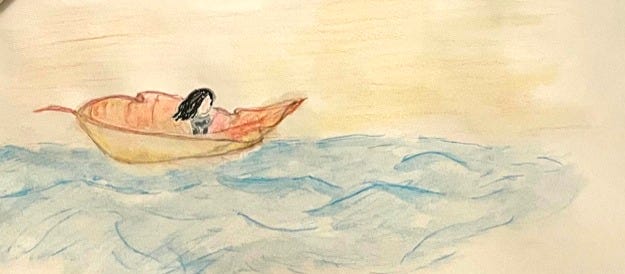
I elaborated on my pandemic language learning journey by creating a visual, recipe-turned-biography book for my grandma. I ended up crafting her stories through her love for food, and our family’s love for her. It was fulfilling to preserve a sliver of her homemade recipes and life stories, and to witness her gratitude over Zoom (and eventually in person).
My next collage
I can see my life is meant to be like a Picasso-inspired collage - filled with redefining how I see things over and over again, as well as experimenting and growing.
The art of life, the art of pain, the art of storytelling, the art of curiosity, the art of loss, and the art of art itself - are all great pieces of a collage that make living so intricate and moving to be a part of. And yes, I guess this includes the art of embarrassing memories from 2nd grade art class too.
It’s ironically wonderful (in my case especially), that Picasso once said:
“Every child is an artist. The problem is how to remain an artist once he grows up.”
It feels weird to even consider myself any type of artist, especially after my whole Picasso-paper-collage debacle. But, my young adulthood has not been centering on the idea of trying to prove Ms. Butler, or any of the naysayers wrong.
Instead, I’ve been finding ways to make each day more beautiful, which sometimes involves finding the beauty in other people and lifting them up (and eventually finding the strength to do the same for myself).
There’s definitely an art in that. The artist in me says: every person deserves to have someone lift their story up, show it to the class, and say, “Don’t you just love this?” And I know everyone especially deserves to have someone, thereafter, shout from their seat, “Yes! It’s wonderful.”


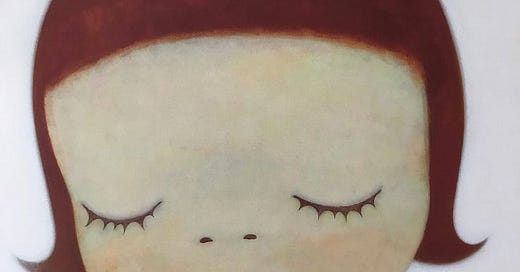




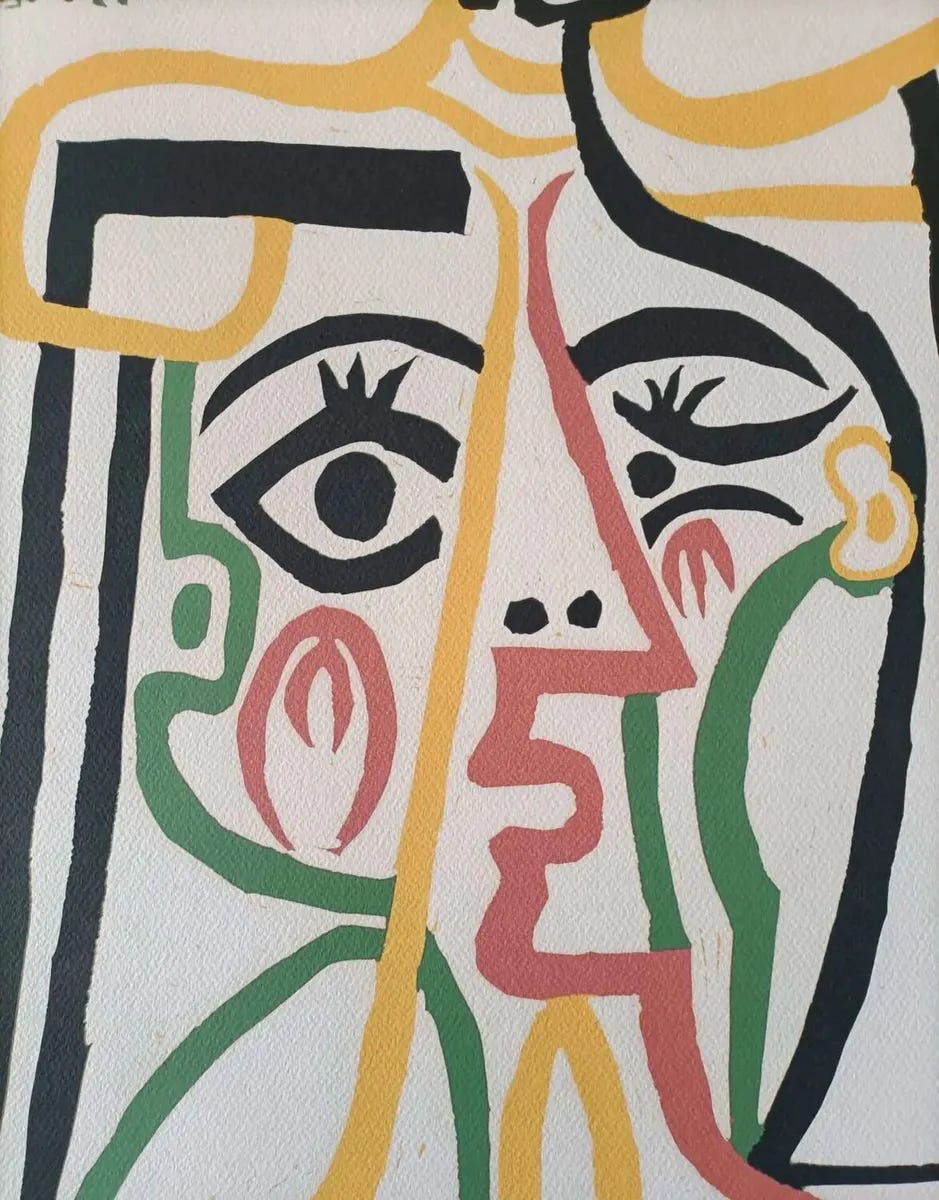



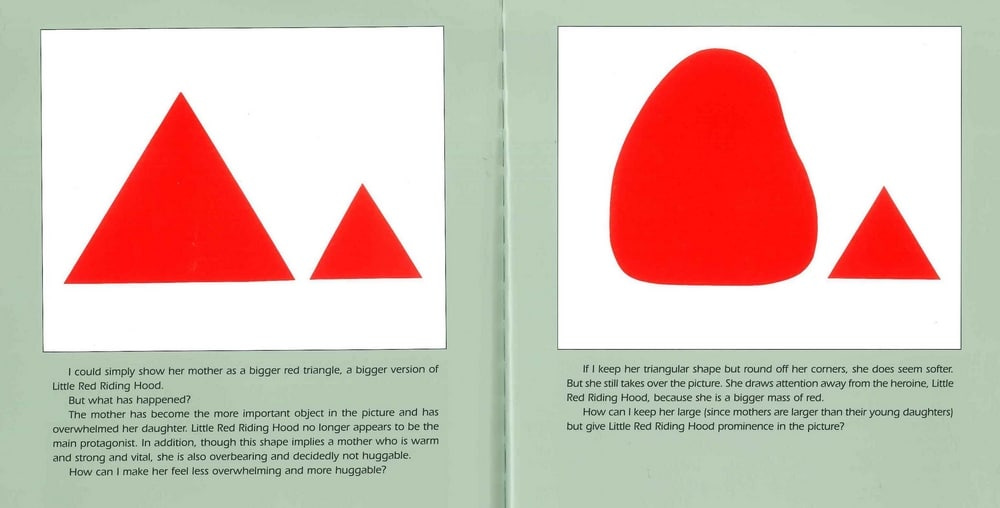
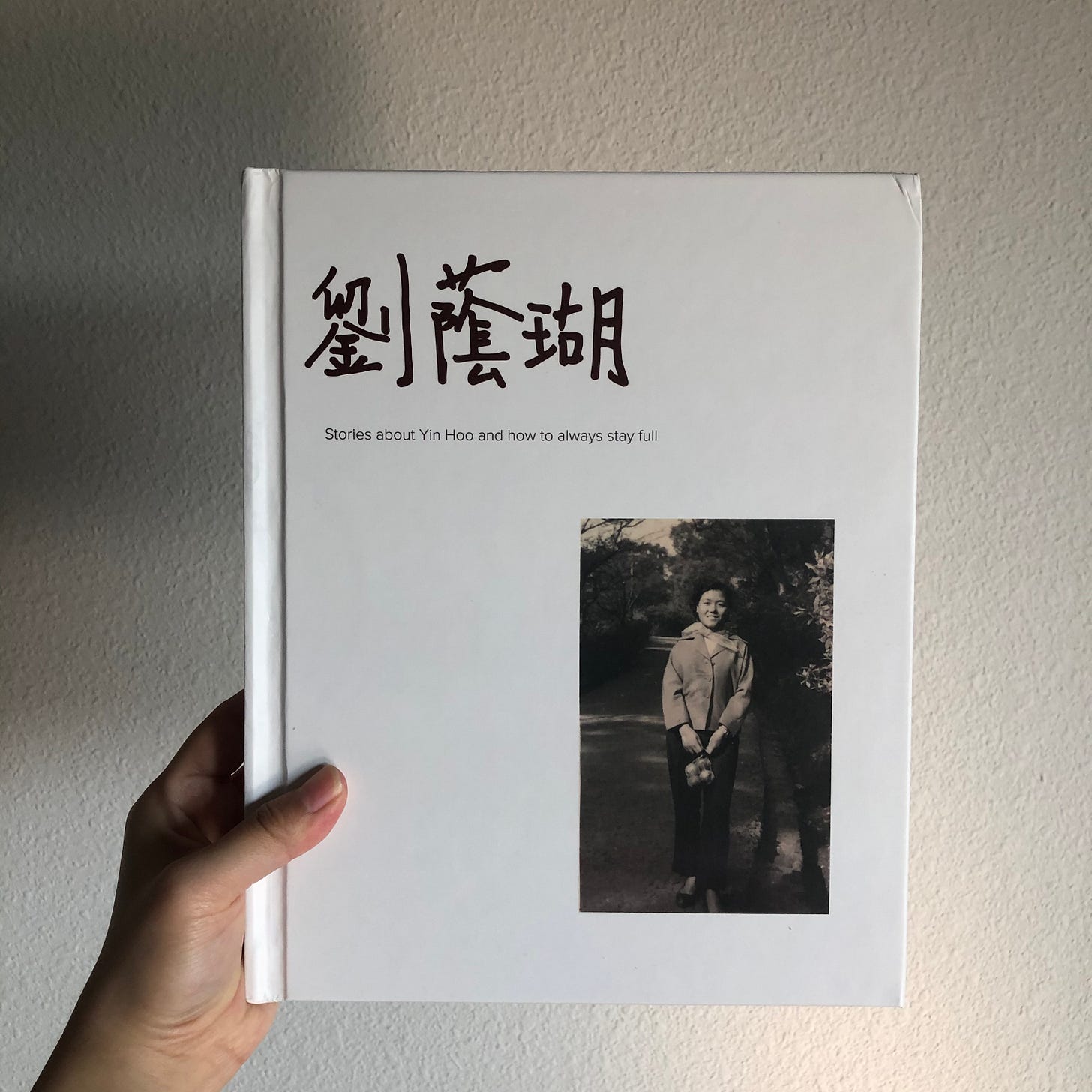

Your 2nd grade self did not deserve that awful art class experience 😢 Amazing that despite that, you have become the best beauty finder and people lifter ❤️❤️